Headphones For Autistic Children They Will Love
In this post you will read about Headphones For Autistic Children They Will Love.
As a parent to an autistic child and as a late diagnosed autistic myself, noise sensitivity and having accommodations in place are CRUCIAL.
It can be the different between having a good time or experiencing a full blown meltdown due to overstimulation.
That is why my best advice is to know your child, what their triggers/sensitivities are, and be prepared.
I always have a pair of earplugs with me because I never know how the day is going to go.
And making space for accommodation is the best thing to do.
Your child is not “too sensitive” or he/she should push through it …. thats ableism and we need to move away from that because all it does is harm the individual and invalidate their needs.
So if you are looking for some noise cancelling headphones or earplugs for your little one … or you as well, then you have come to the right place! Let’s dig in!
This post may contain affiliate links which means I may receive a commission for purchases made through links (at no extra cost for you). As an Amazon Associate I earn from qualifying purchases. Learn more on my Private Policy & Disclaimer page.
Understanding Sound Sensitivity In Autistic Children
Why Noise Can Be Overwhelming?
Noise sensitivity can have a HUGE impact on ones ability to live and interact with those around them.
According to research:
“Atypical behavioral responses to environmental sounds are common in autistic children and adults, with 50–70% of this population exhibiting decreased sound tolerance (DST) at some point in their lives. This symptom is a source of significant distress and impairment across the lifespan, contributing to anxiety, challenging behaviors, reduced community participation, and school/workplace difficulties.” (Read More)
It has to do a lot with how our brians process these sounds.
How It Affects Social And Emotional Wellbeing
What might not seem like a big deal to some people, to an autistic individual it can be painful to remain in that space.
Have you noticed changes in your childs mood when he/she is in a crowded space?
Do they begin to get irritated? Less patient? Maybe start to cry or ask to leave?
It may because they are starting to feel overwhelmed by their surroundings and need a break from all “the noise”.
Again, the better we can understand our childs triggers, the better we can accommodate.
Why Headphones Are A Game-Changer
Creating A Personal Sensory Sanctuary
Using headphones allows you to have some control over your surroundings.
If it’s too overwhelming and you start feeling or seeing your childs mood change, try putting on the headphones or earplugs.
Have a seat or try to find a space that is more calm and wait to see if things get better.
If they do, rejoin the activity.
And if it doesn’t. I try to take breaks in between or call it a day all together.
Pushing through is NOT good.
It can lead to shutdowns and meltdowns.
A Crucial Role In Daily Routines
These are great options to be used in the super market, school, play areas, therapy, the movies, or any other setting that involves sound that ha become overwhelming.
They help reduce anxiety and help when it’s time to support transitions, which can be a big challenge for some.
Key Features To Look For In Headphones For Autistic Children
Not every headphone is made the same.
Here are some key features to look out for and help you choose the best one for your childs sensory needs.
1. Noise Reduction Rating (NRR)
The higher the NRR number the more it blocks out ambient and background noise. This helps to protect from overwhelming sound waves in loud environments.
2. Comfort Is Non-Negotiable
Soft padding, a lightweight design, and an adjustable headband are must-haves.
If the headphones aren’t comfortable, your child won’t wear them—trust me, we learned this the hard way.
But then again, sometimes you can do everything right and your child will still refuse to wear them.
Every child is different and some dont like the feeling of something on their head.
So please, try and see if they can try them on in the store or look into their return policy.
3. Over-Ear vs. In-Ear
We found that over-ear headphones with large ear cups were more effective at passive noise isolation and were easier for my child to tolerate.
In-ear headphones may work for older children or young adults who prefer a less bulky option.
I personally have both (for my personal use), and switch it up depending on the event, the weather, and how im feeling that day.
4. Active Noise Cancellation Technology
This advanced technology uses microphones to cancel out external noise.
It’s especially useful in settings like airports or shopping malls.
Not all ANC headphones are created equal, though—test a few to see what your child responds to best.
And some might find that using this technology created a seird sensation which they may not like.
This happens to me sometimes. But just having them on (even though they are turned off) helps tremendously.
5. Wireless Options and Long Battery Life
Wireless headphones eliminate the tangle and frustration of cords.
Just make sure they have a long battery life and are easy to recharge.
Great Headphones Options For Sound Sensitivity
1. Puro Sound Labs BT2200
- Designed specifically for children
- Volume-limited to protect young ears
- Over-ear design with great noise isolation
- Bluetooth enabled
2. Bose QuietComfort 45
- Great active noise cancellation
- Comfortable for long periods of use
- Great for older children or young adults
3. Snug Play+ Kids Headphones
- Great option for Toddlers
- Affordable and lightweight
- Soft padding and adjustable fit
- Good passive noise isolation
4. Alpine Muffy Kids
- Hearing Protection
- CE & ANSI Certified
- Adjustable for Ages 3-16 years
- Noise Cancelling Headphones
- 25dB Sound Reduction Ideal for Protection and Concentration Aid
5. Alpine Pluggies Kids Ear Plugs
- For Small Ear Canals
- Noise Cancelling Earplugs Age 5–12
- Multi-Purpose Ear Protection for Sleep, Flying, School, Swimming
- 25dB Reusable Hypoallergenic Filters
Practical Tips: Helping Your Child Adapt to Headphones
Start Slow and Use Positive Reinforcement
We began with short periods of use—5 to 10 minutes—while he watched his favorite video games or during storytime.
We used visual cues and praise to build trust and routine.
Let Your Child Choose Their Style
Whether it’s their favorite color or a character theme, letting your child choose their own headphones increases buy-in and makes them feel more in control.
Another simple way to make it their won is to add stickers.
Use Headphones in Various Ways
We don’t just use them in loud environments.
Headphones have helped during transitions, helped calm overstimulation, and even been a soothing presence during therapy.
In this post you read about Headphones For Autistic Children They Will Love
To Summarize
Using headphones is a great way to reduce anxiety and avoid heading into meltdowns caused by overstimulation to noise.
And you can make it fun.
Add some stickers, choose their favorite color, and maybe even wear a pair yourself so they are not alone.
And as parents, a little quiet time is also appreciated 🙂
I hope you enjoyed this post & feel free to share! 🙂
Other Posts You Will Love
- Best Books About Sensory Processing Disorder: A Helpful Guide for Parents
- Best Underwear For Autistic Children And Simple Potty Training Tips
- 4 Best Categories Of Stim Toys You Will Love
- Autism Mom Quotes You Will Love To Share
Step by step guide on headphones for autistic children from an autism mom herself. What to get and how to choose! Let’s go
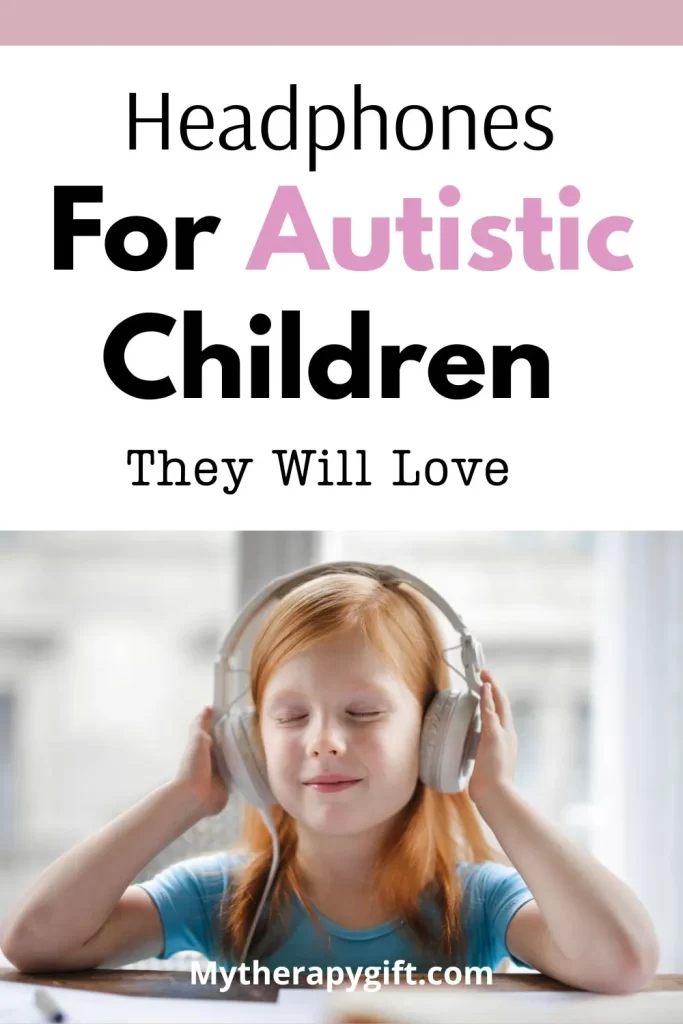
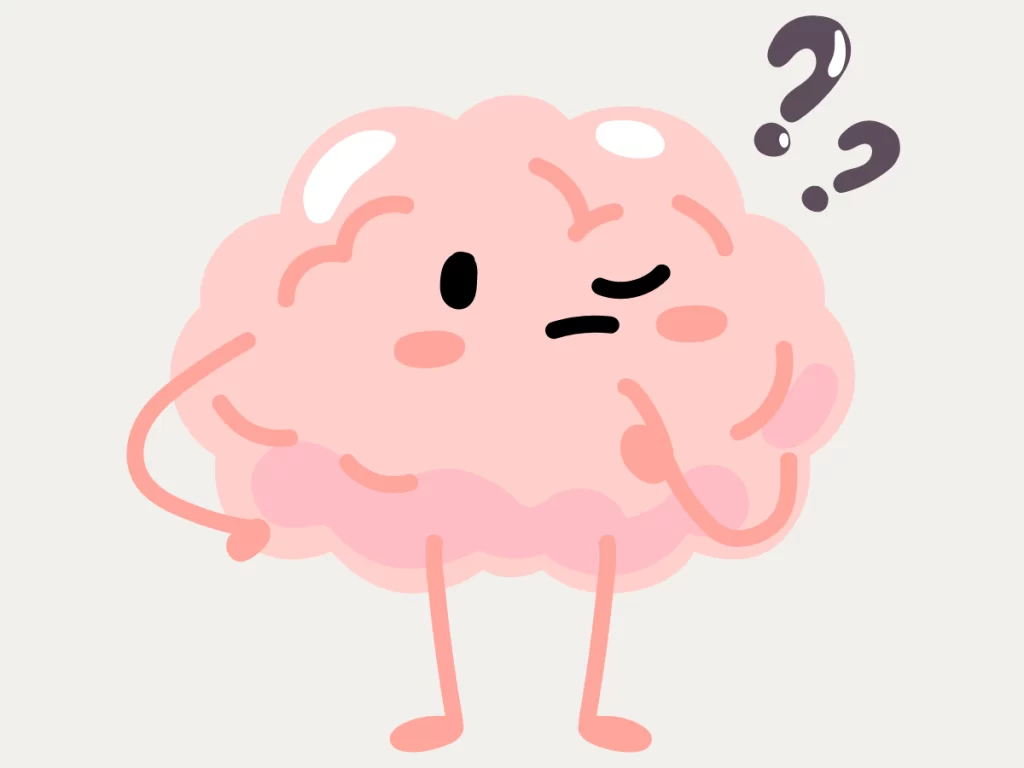
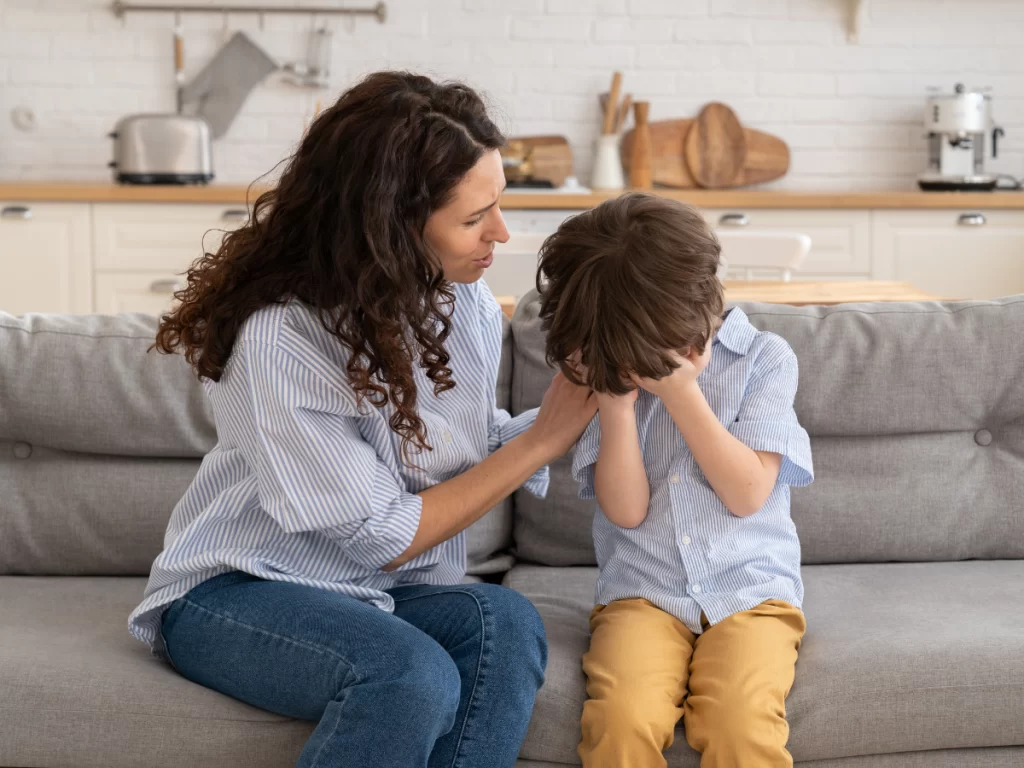

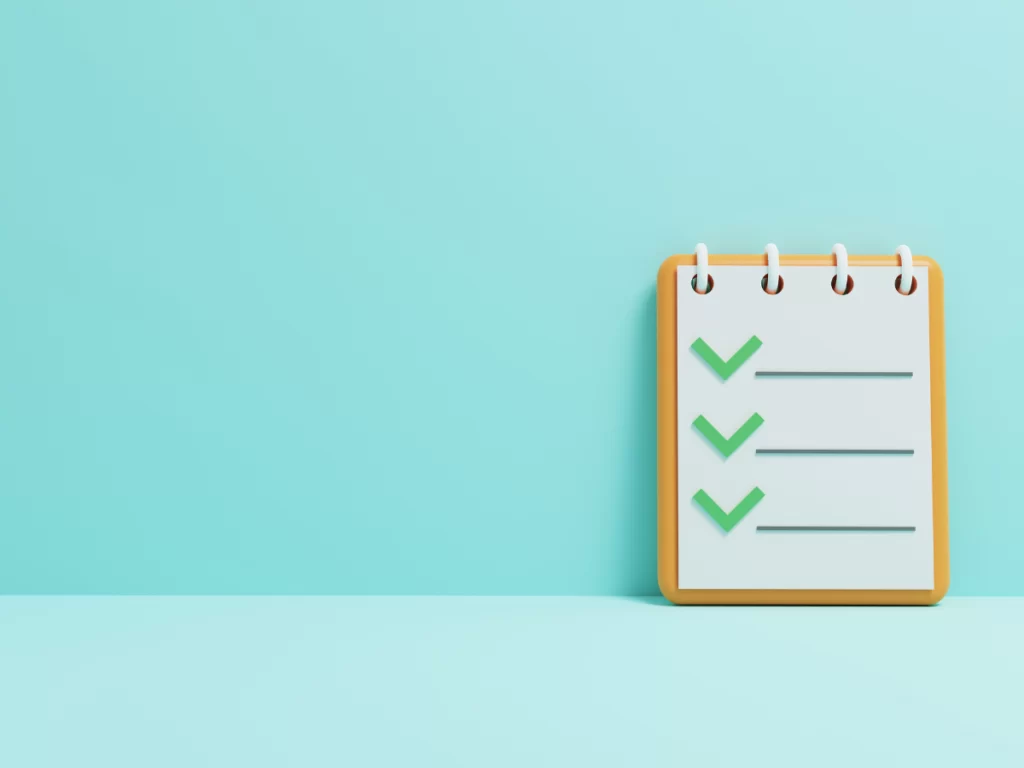

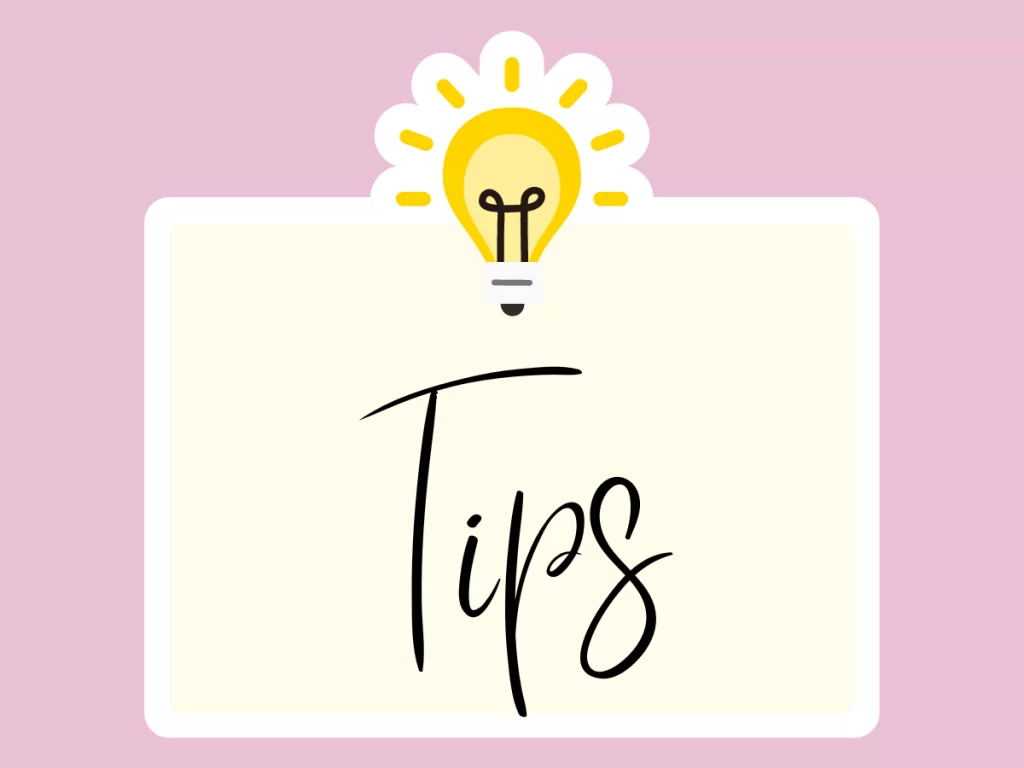
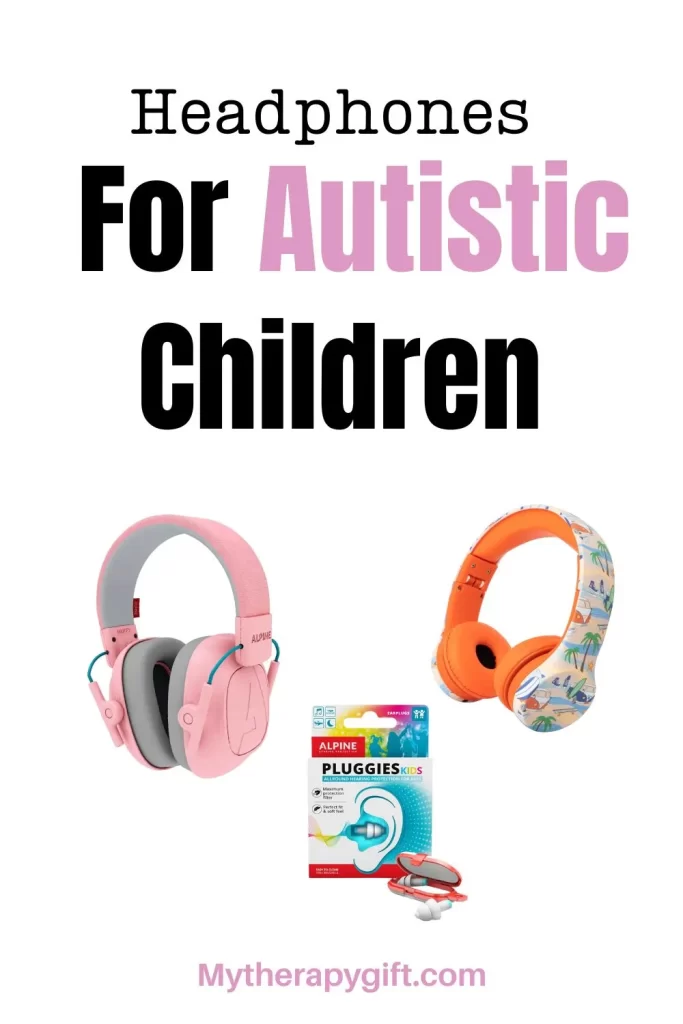
Leave a Reply